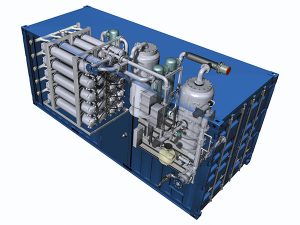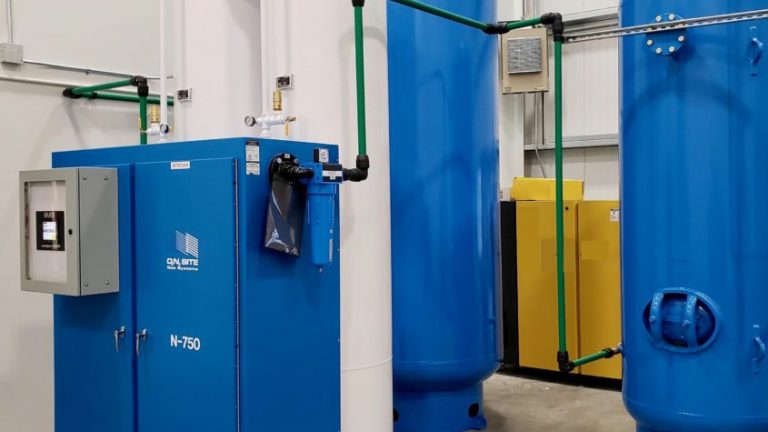Nitrogen generators are devices that generate nitrogen gas by forcing compressed air through a vessel that contains a hollow tube in the middle. The tube is filled with a polymeric hollow fibre, selectively permeating impurities from the vessel’s walls. As a result, the nitrogen gas emerges at the other end. The nitrogen gas generated is measured using a flow verification program, and the nitrogen generators can be designed to meet the needs of specific applications.

The utilisation of nitrogen generators in electronics manufacturing
Nitrogen generators can be ordered in Glasgow and are a great way to create a clean and dry atmosphere in electronics manufacturing facilities in all of Scotland and the UK. The gas can help prevent oxidation, an essential part of the soldering process. Nitrogen is also an excellent purging agent; semiconductor manufacturers use large volumes to purge the semiconductors during manufacturing. These nitrogen generators are also a great cost-effective solution for semiconductor manufacturing because they can generate large volumes of high-purity nitrogen at a fraction of the cost of delivered nitrogen.
The electronics industry is increasingly focused on building complex devices with intricate designs. The need for precise, repeatable results has made nitrogen an ideal choice for manufacturers. As electronics become smaller and more sophisticated, it is crucial to meet strict quality, reliability, and durability requirements. Manufacturers must also work to lower their manufacturing costs by eliminating defects. Nitrogen generators can substantially meet these needs and help electronics manufacturers save on labour costs.
Types of nitrogen generators
Nitrogen generators are required for various industrial applications. These include medical & pharmaceuticals, electrical & electronics, and food & beverage. In addition, the industry needs nitrogen gas to keep products fresh and reduce wastage. As a result, the use of nitrogen generators is increasing across the globe. The types of nitrogen generators include:
The increasing global population and purchasing capacity of masses are expected to boost the market for nitrogen generators. Additionally, nitrogen usage in the shipping industry has also been on the rise. Among other applications, nitrogen generators are used for preserving flammable chemicals and gases. Therefore, these industries are expected to see a significant increase in the demand for nitrogen generators during the forecast period.
Nitrogen gas serves as a protective shield against oxidation in the electronics industry. Oxidation occurs when oxygen molecules in the atmosphere react with standard materials and cause them to degrade. This process is estimated to cost the world £2.5 trillion annually or 3.4% of GDP. Using nitrogen generators protects materials from oxidation, which can lead to the premature failure of electronic products.
Benefits of nitrogen generators
Nitrogen generators are essential for electronic manufacturers as they can produce high-purity nitrogen on demand and reduce overall costs. As a result, manufacturers can save 40% to 80% on expenses. In addition, on-site generation can reduce costs to as low as £0.21 per hundred cubic feet – a considerable saving compared to liquid nitrogen, which can cost up to £3 per hundred cubic feet.
As a non-conducting gas, nitrogen reduces the risk of oxidation – a potentially hazardous chemical reaction – which can compromise the quality of an electronic device. In addition to lowering oxidation, nitrogen helps create more robust, durable solder joints. This means that electronic devices are more reliable.
Nitrogen gas creates an ideal atmosphere for the manufacturing of electronic devices. It provides a dry, clean, inert environment, which reduces the likelihood of oxidation, moisture, and other faults. This makes the production of electronic devices much more reliable and results in a higher productivity rate.







